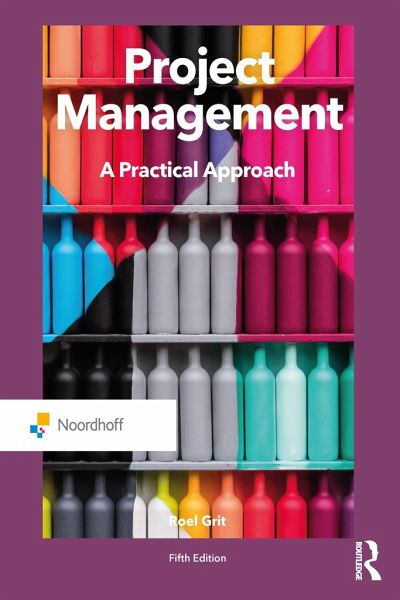Nicht lieferbar

Project Management
A Practical Approach
Versandkostenfrei!
Nicht lieferbar
Project Management introduces students in a unique and accessible way to projectbased working as a means to tackle projects successfully.

A Practical Approach
Rechnungen
Bestellstatus
Retourenschein
Storno